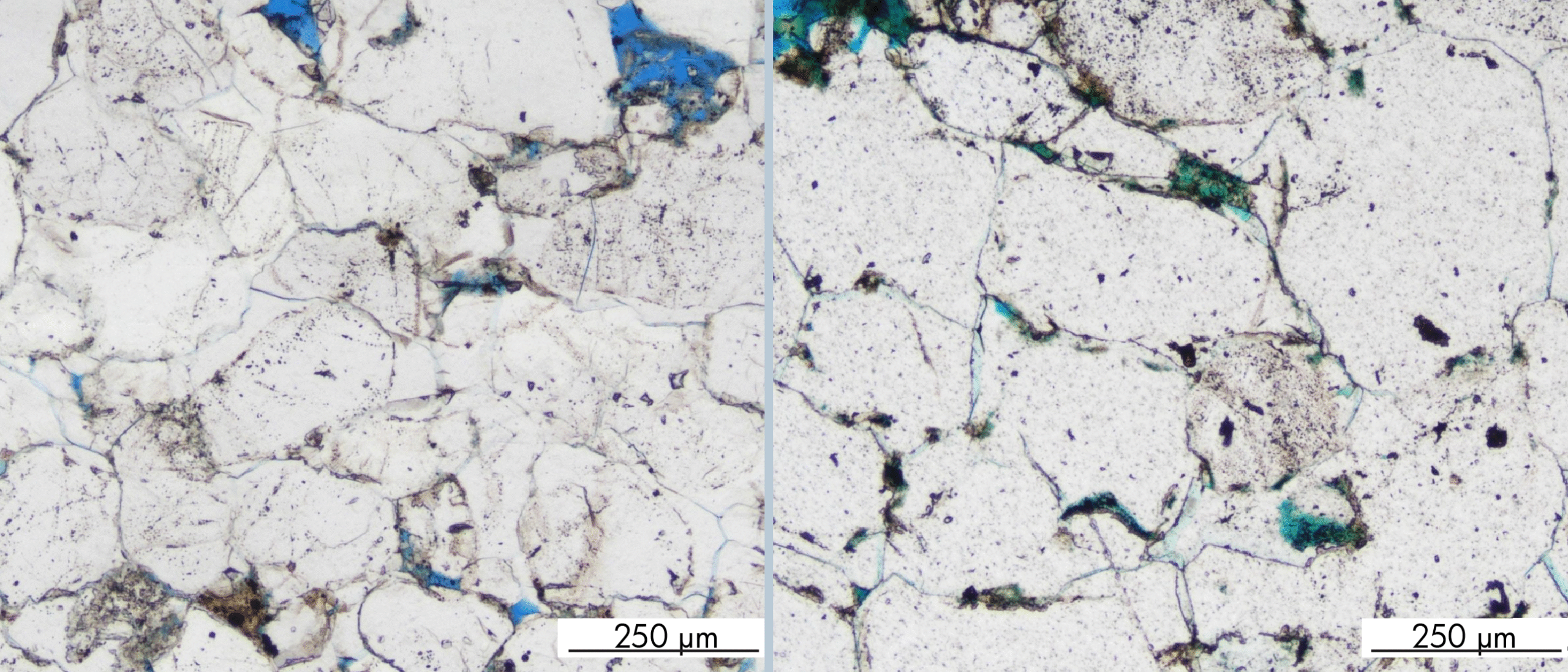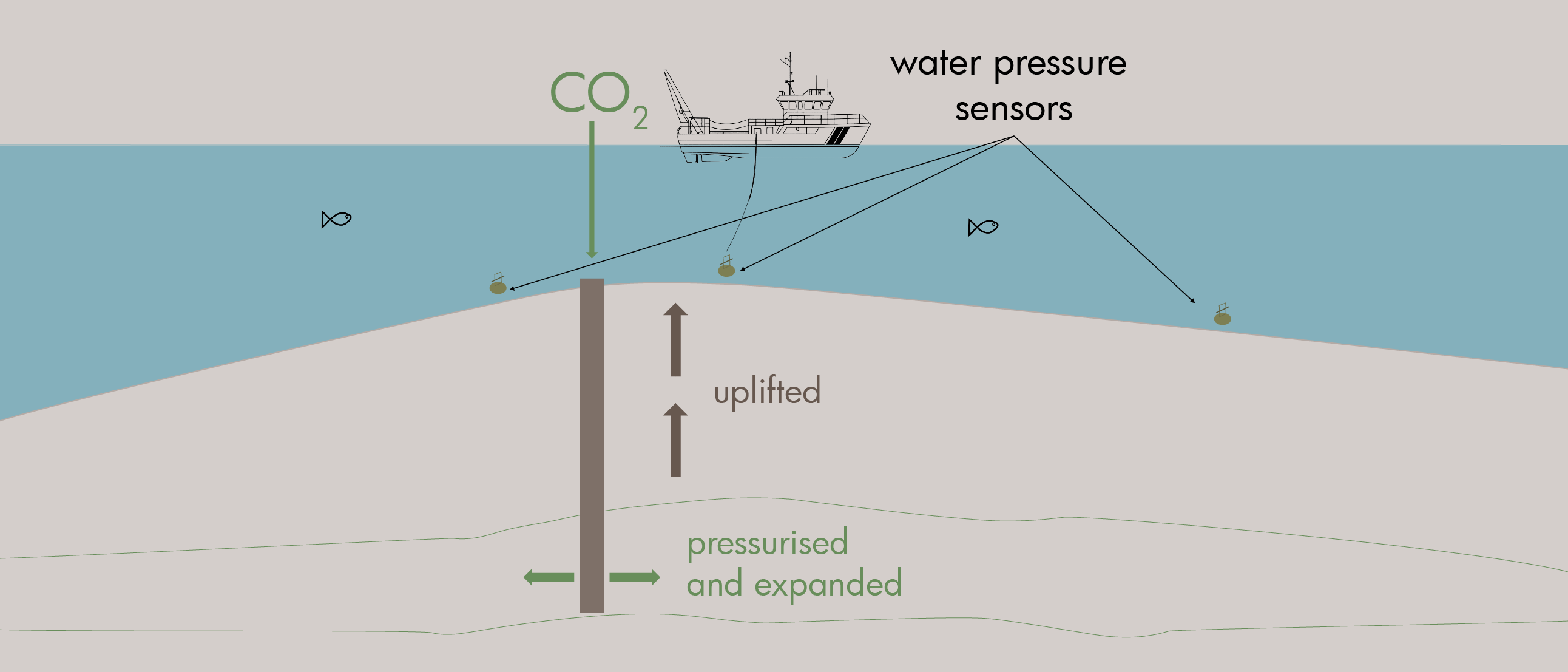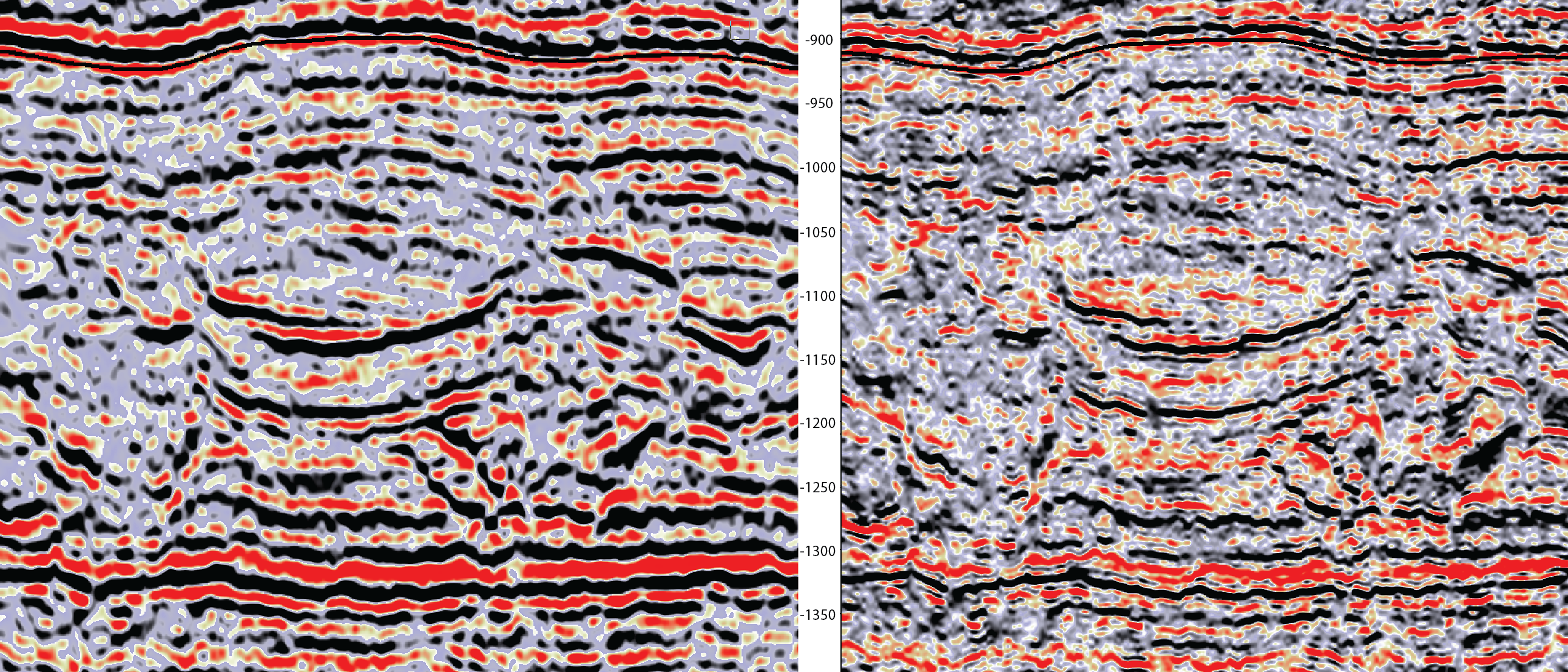The Middle East region is under the spotlight of the carbon-neutral worldwide ambition. COP28 was a testimony of the effort put by the regional energy powerhouses. What if the success of the CCUS effort in the Middle East region is next to us or right in front of our eyes?
The Northern Emirates in the United Arab Emirates are a paradise for geologists. This rocky area hosts high numbers of world-class outcrop locations. Interestingly, some of the outcrops are direct analogue to the Middle Eastern giant fields.
Take the Thamama reservoirs and the lateral equivalents in the region for example. This group of reservoirs holds a massive amount of hydrocarbon reserves. Some fields, in their brown phase, have been in production for decades and can be considered credible candidates for carbon capture projects.

At the outskirts of Ras Al Khaimah city, at the foothills of Jebel Jais, exists an area niched between Wadi Rahaba to the North and Wadi Kebdah to the South. This area gives an immaculate 5 square km analogue to the upper part of the Thamama sequence (photo above: South side, Wadi Kebdah). Lateral continuity of geological beds can easily be followed over hundreds of meters. On a smaller scale, sedimentary observations are possible thanks to the quasi-absence of vegetation. On the structural geology side, fracture corridors, sub seismic faults, fault spacing are some the features directly observable.
Injecting CO2 into a reservoir requires superior modelling capabilities as flow paths and containment in the reservoir have to be well understood. Direct outcrop analogues provide the lateral continuity that is missing in the subsurface. Instead of depending on inter wells interpolation and extrapolation algorithms, outcrops prove to be a valuable bridge to a potentially successful CO2 injection project.





